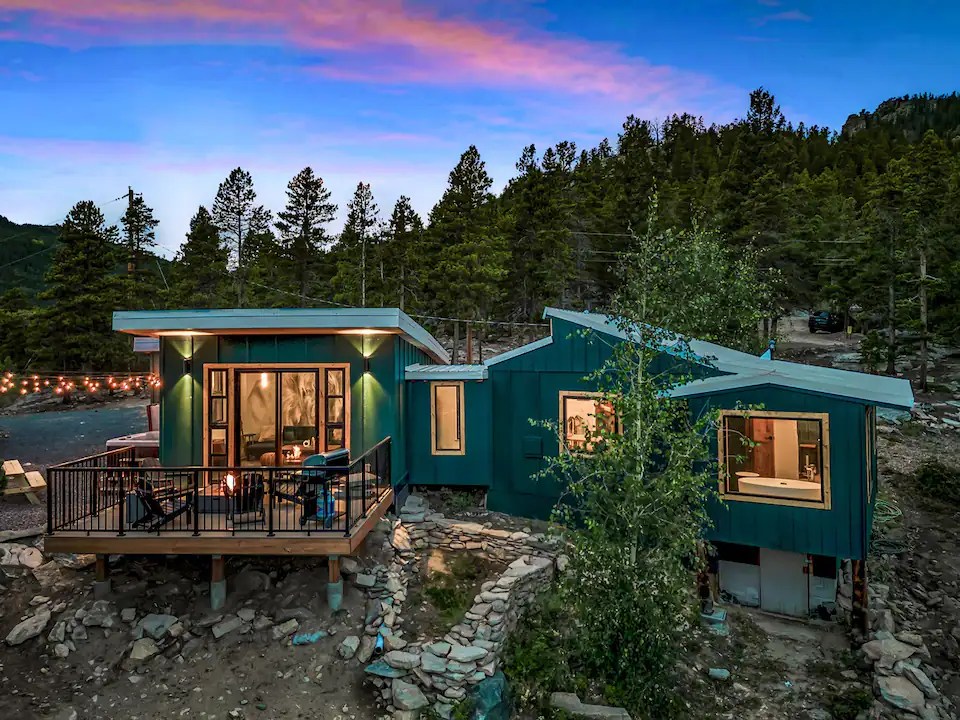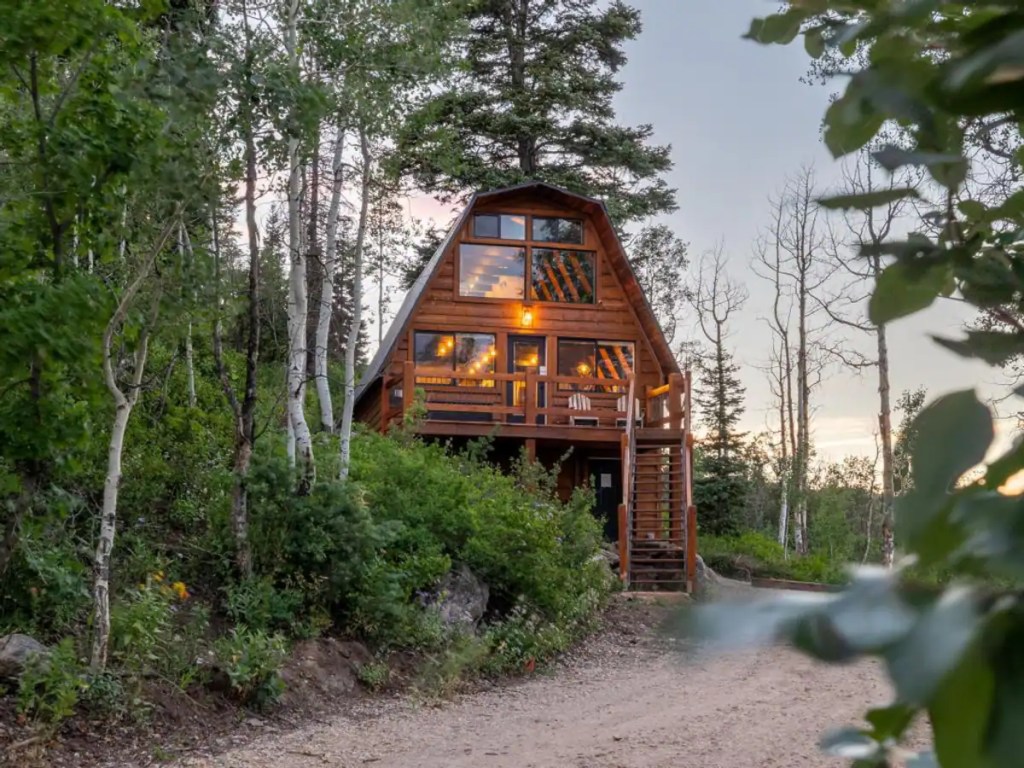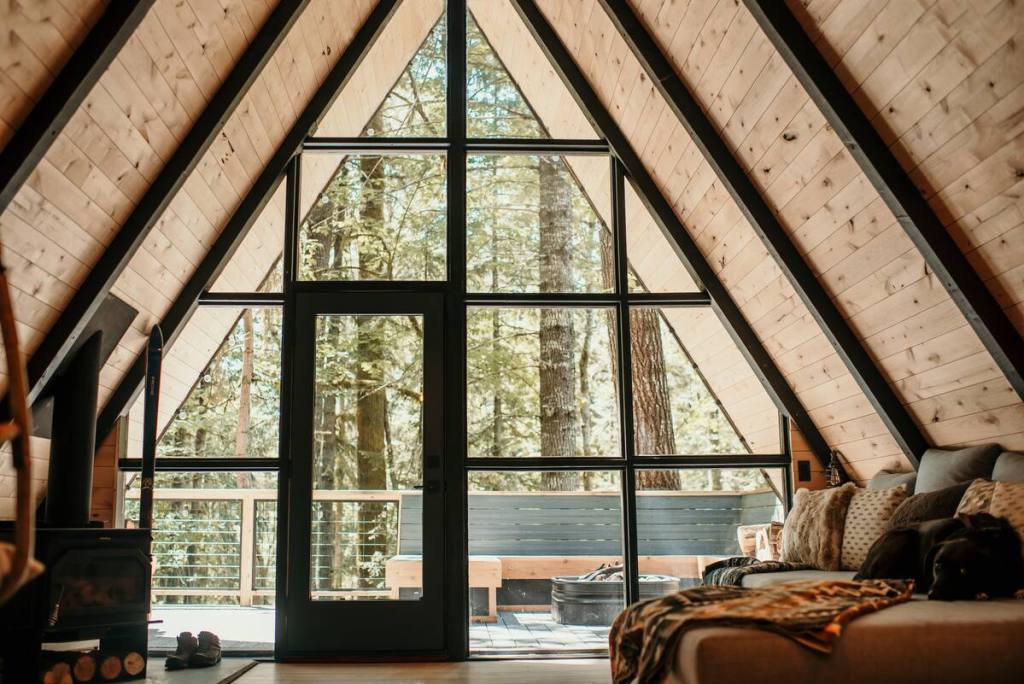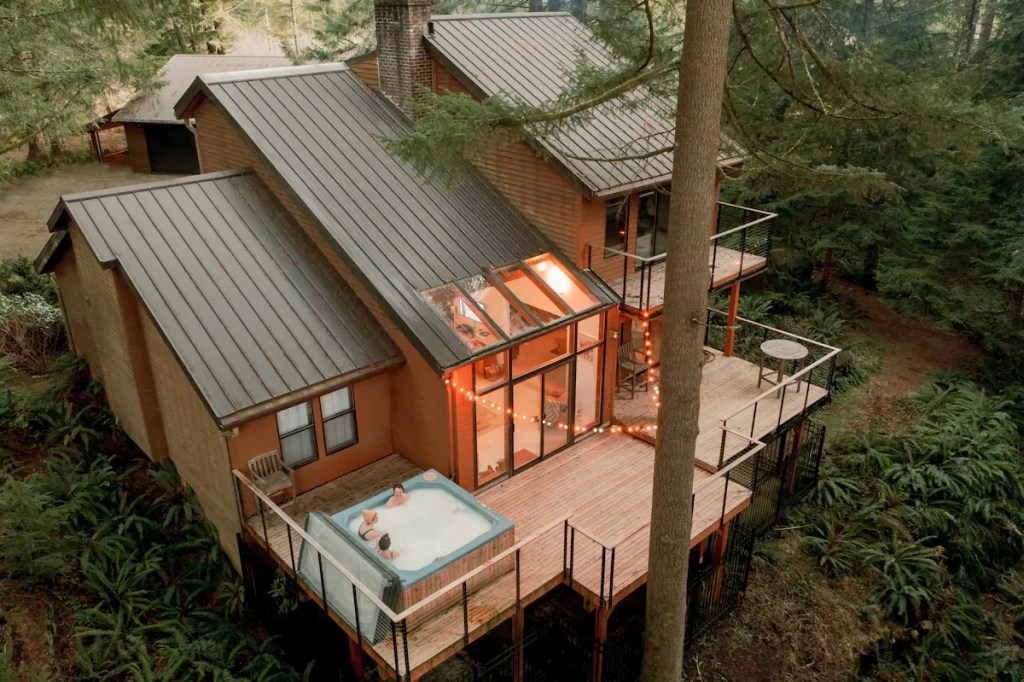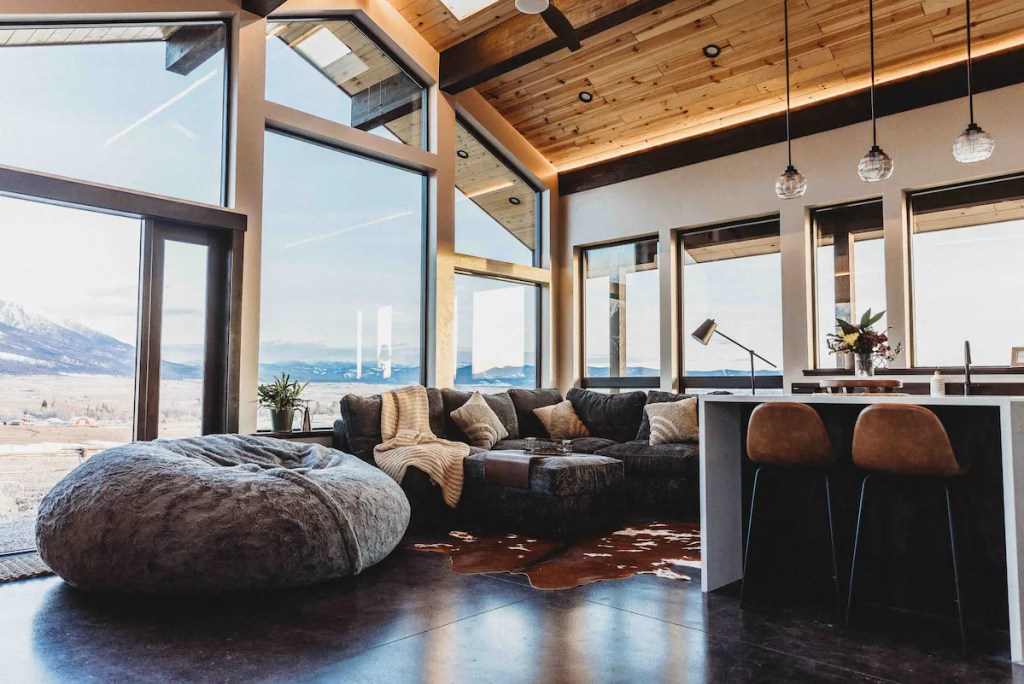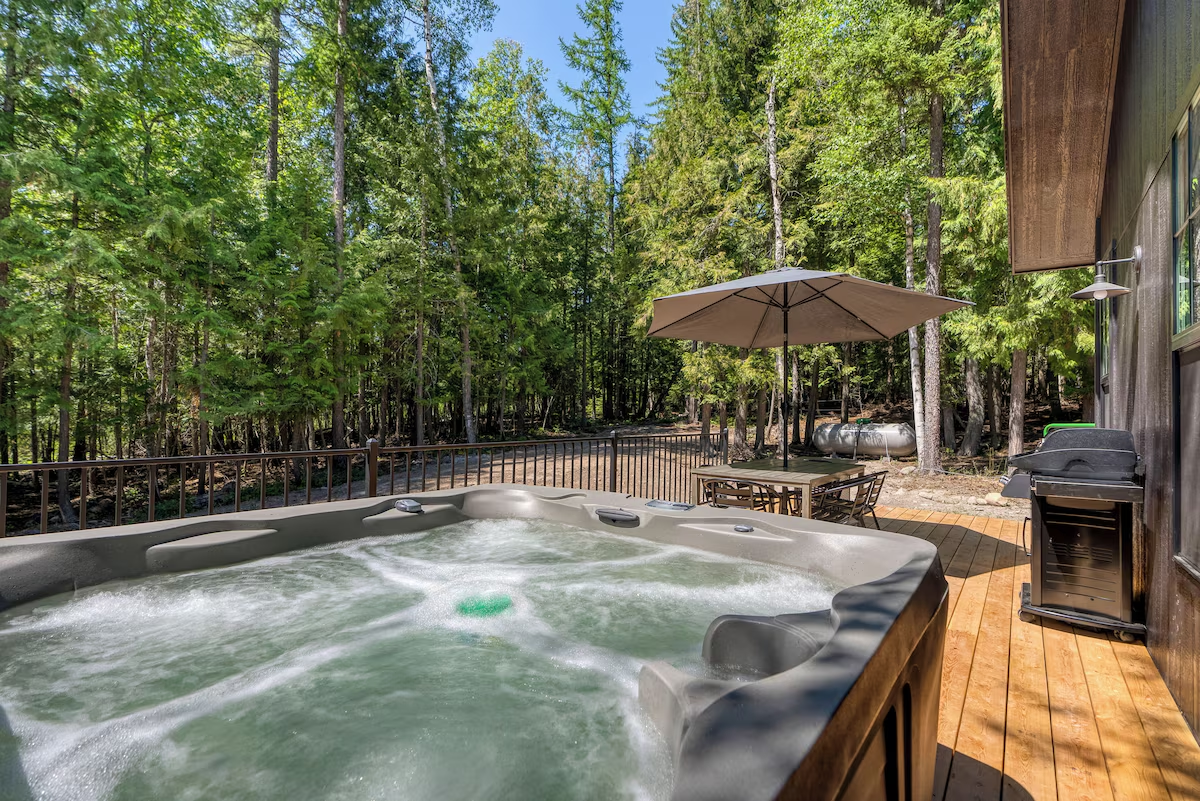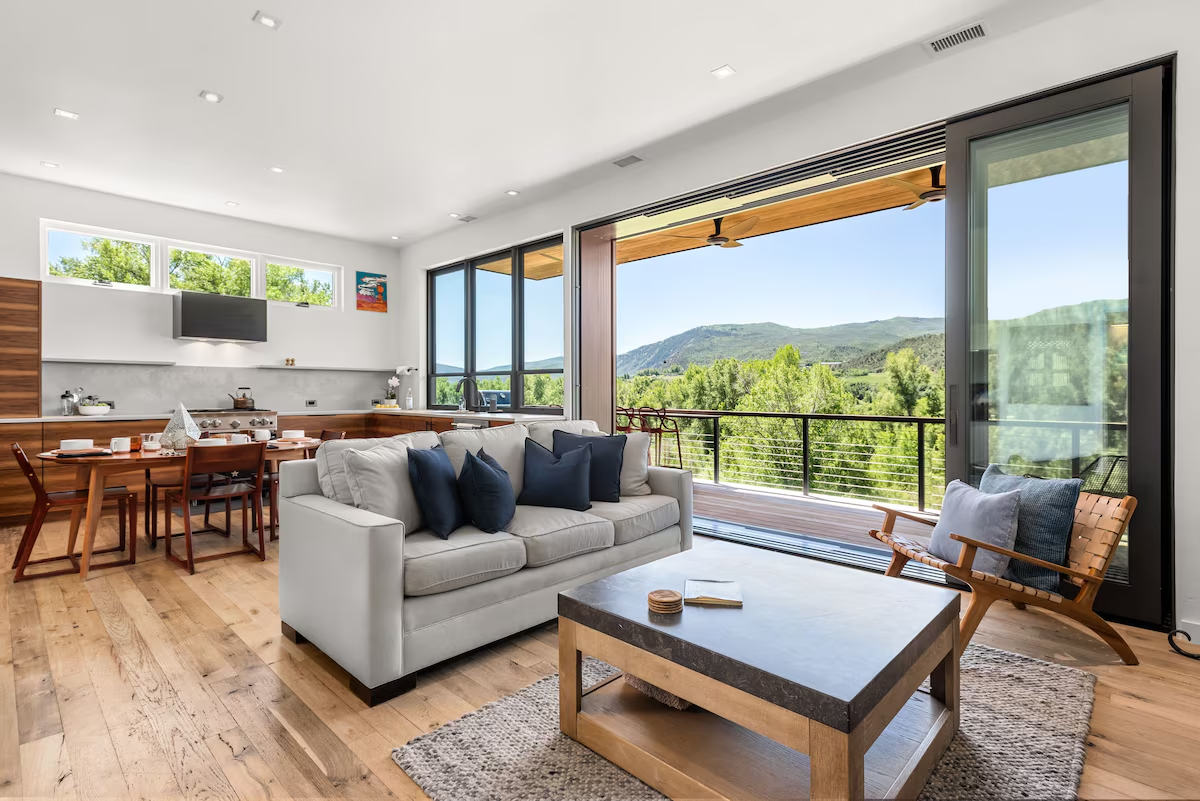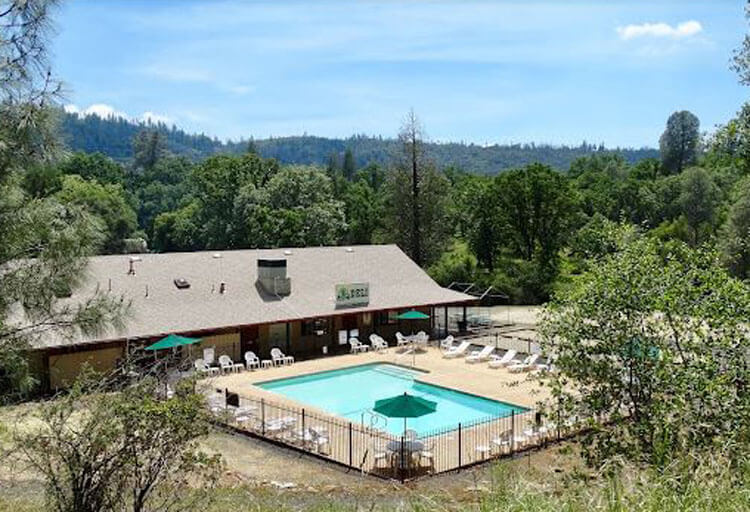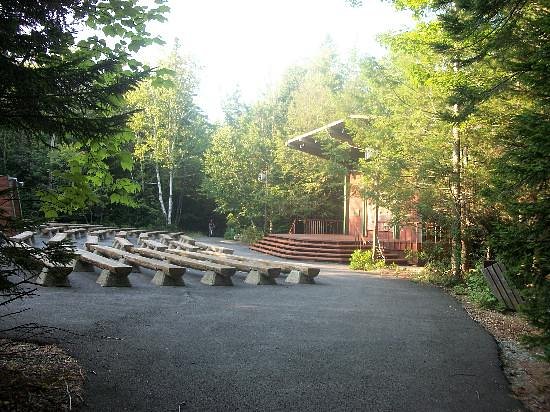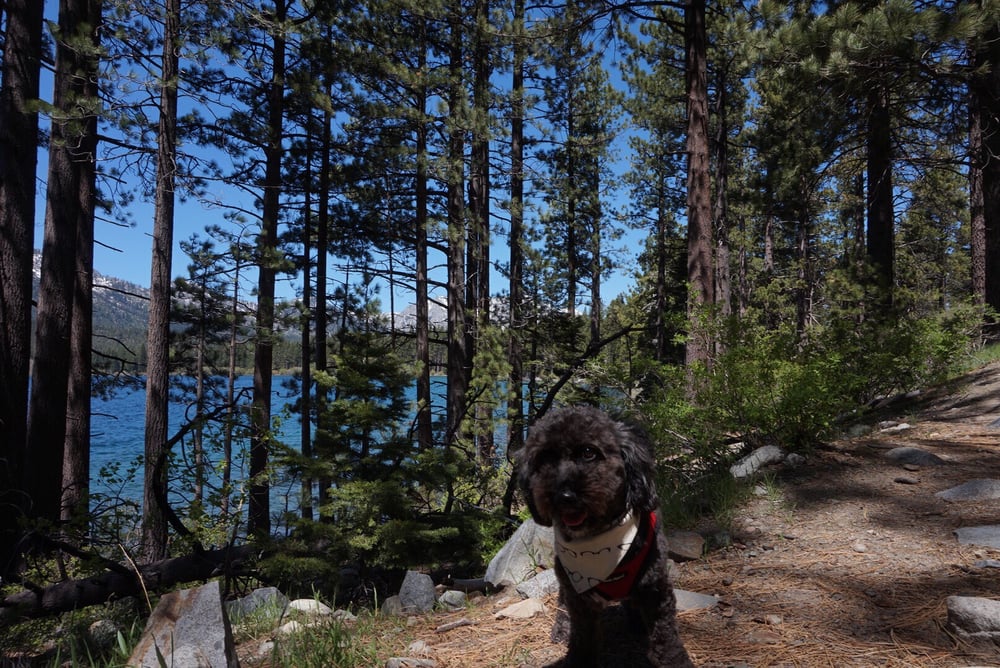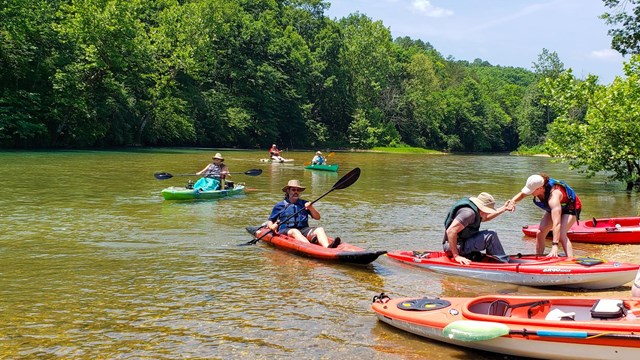Leaving pets behind is one of the hardest parts of travel.
Depending on your dog, cat, lizard, or parakeet’s personality, you might feel slightly bad or downright awful about saying goodbye for the weekend.
Do they understand that you’ll be back? Will they eat enough while you’re gone? And what happens if an emergency goes down while you’re away?
Though most of us rely on loved ones to look after our pets while we’re away, it’s not always an option.
Maybe the usual pet sitter’s out of town. Maybe they’re recovering from a sickness. Maybe they’re simply burnt out on watching your dog or cat free of charge.
(Maybe you don’t trust your friends with your furry little king or queen—and fair enough.)
In these cases, pet owners have two options: hire a pet sitter to hold down the fort at home or send their beloved off to boarding school.
But which is better for the average pet? Or are they simply different?
I’ve had success with both, so it’s more likely a matter of knowing your pet and their lifestyle. If you’re hung up on whether to hire a pet sitter or go with pet boarding, explore some of the biggest factors here.
Pets probably want to stay at home
Here’s the cold, hard truth: your pet probably wants to be at home.
Remember that many animals rely on their nose before their eyes or mouths. That means that scents can be highly stimulating, both in terms of being comforting or stressful.
Boarding facilities usually smell strongly of other pets, some of which may be in distress. Pet sitting at home allows animals to stay in their ‘safe space’ instead of sharing a large facility with other boarded pets.
One factor you might want to consider is whether your pet is adopted. One of my chihuahuas was a rescue. Though I did board him, it wasn’t often, as it stressed him out thanks to the time he spent in a shelter.
So, if you’ve got a fussy or easily-stressed pet, then pet sitting is absolutely the way to go.
Pets are usually safer and healthier at home
Nervous dogs and cats might feel spooked at a boarding facility due to the sheer number of animals there. There are a lot of smells, sounds, and sights for them to take in.
There are also a lot of germs—similar to a daycare.
If your pet is older and isn’t in the best of health, then boarding might expose them to illnesses that can cause some serious setbacks. But please keep in mind that this doesn’t mean that boarding facilities are unclean—it’s simply about the number of other animals they’ll be exposed to.
Pets get more engagement and socialization at boarding
Let’s shift to cover one of the main benefits of boarding compared to sitting: your furry friend will get tons of engagement and exercise, especially from playing with other pets.
If you’ve got a boisterous and social butterfly of a pet on your hands, then boarding can actually be an exciting and stimulating experience.
That’s especially true if your pup or cat has spent a lot of time alone. Not all households are able to give their pet a chance to socialize—but a stint at a boarding facility will introduce them to tons of new friends and give them a confidence boost.
Being honest about your pet
At this point, there should be a pretty clear distinction between the pets that will thrive with boarding versus sitting.
Pet sitting is ideal for older animals that are more sensitive to stimuli. Pet boarding, by contrast, is great for younger and healthier animals that love to socialize.
Let me circle back to my experience.
I’ve boarded my dogs and had great experiences with pet-sitters and boarding facilities every time—but I always preferred a sitter when possible.
That’s mostly because my dogs are small and sassy. They were bred to be held in someone’s lap and whispered sweet nothings.
Pet sitters give my dogs the attention they need. (And my plants, but that’s another story.) They also send me a few more updates than a boarding facility.
That being said, I can’t say that I’ve noticed a difference in the care offered to my dogs. The only real change is in pricing—boarding tends to be a lot more expensive.
Finding the right sitter vs the right boarding spot
I have one last caveat regarding pet sitting: you need to find a reliable professional.
Boarding facilities usually have very high standards for employees. They probably have a background in zoology, animal behavior, or grooming, for example. Pet sitters might not be as experienced.
And you also need to vet any potential pet-sitters.
When I moved to Barcelona, I used Rover to find a reliable pet sitter. Five years later, I’m still using the same professional I found on the app. (Shout out to Juan!)
Just make sure to be honest about your pet. One of my chihuahuas was sassy as hell (surprise, surprise), but that didn’t stop me from finding a great sitter. I just needed to be very up-front about my dog’s needs.
Alternatively, you can also ask your vet if they know any sitters. Oftentimes, vet techs provide sitting services for animals—even stranger breeds like reptiles, fish, and birds.
